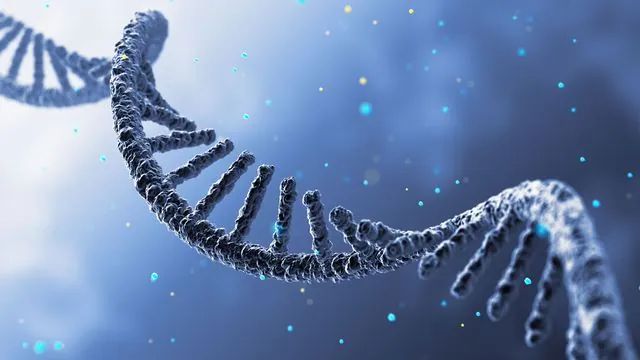
California Innovators Create Groundbreaking RNA "Lanterns" for Live Tracking of Biological Processes
2025-01-10
Author: John Tan
California Innovators Create Groundbreaking RNA "Lanterns" for Live Tracking of Biological Processes
In a remarkable advancement in molecular biology, scientists at the University of California, Irvine (UCI) have developed a pioneering technique that utilizes bioluminescent RNA "lanterns" to monitor RNA movement in real-time within living organisms. This breakthrough was reported in a recent study published in Nature Communications, shedding light on the intricate functions of RNA, which is crucial for interpreting the genetic data encoded in DNA.
The research spearheaded by UCI's pharmaceutical sciences expert, Professor Andrej Lupták, aims to unravel the ongoing mysteries surrounding RNA activity in cells. “Every cellular event, such as growth or adaptation, is underpinned by RNA,” Lupták explains. “However, tracking RNA dynamics in real-time—especially within living organisms—has been a significant challenge until now.”
Historically, understanding when and where RNA operates inside cells was largely speculative. Researchers struggled to visualize the first moments of RNA activity in real biological systems. The innovative RNA lanterns provide a valuable tool, allowing scientists to observe RNA’s real-time movements, offering insight into viral propagation and memory formation in the brain.
Viruses utilize their RNA to invade host cells, and by tagging viral RNA with these lanterns, researchers hope to illuminate the pathways through which viruses evade the immune system. This insight could potentially lead to innovative therapies or vaccines.
In addition to virology, the implications for neuroscience are vast. Co-lead author, Professor Jennifer Prescher, emphasizes the role RNA plays in memory formation. “Understanding how RNA is transported to neural synapses where connections are made between neurons is fundamental to unraveling the complexities of memory,” she says. The ability to visualize these processes as they happen could represent a monumental leap in neuroscience.
The core of this technique uses luciferase, an enzyme found in organisms like fireflies that produce light. Previously, scientists faced difficulties in making luciferase glow brightly enough for detection by existing camera technologies. This breakthrough now allows researchers to observe RNA activity in a way that was not possible before.
The project flourished through UCI’s collaborative environment, which blends various disciplines. This teamwork resulted in a “dream team” of students and faculty, including contributions from Lila Halbers, Kevin Ng, and Oswald Steward, who provided invaluable insights from anatomy and neurobiology.
The implications of this research extend far beyond basic science; they could redefine approaches to understanding diseases and cognitive functions. As bioluminescent RNA tracking opens new doors, it positions UCI at the forefront of molecular research, with potential applications spanning from virology to memory-related ailments.
Stay tuned for more updates as these scientific pioneers continue to explore the depths of RNA functionality that may hold answers to some of biology’s most long-standing questions.
 Brasil (PT)
Brasil (PT)
 Canada (EN)
Canada (EN)
 Chile (ES)
Chile (ES)
 Česko (CS)
Česko (CS)
 대한민국 (KO)
대한민국 (KO)
 España (ES)
España (ES)
 France (FR)
France (FR)
 Hong Kong (EN)
Hong Kong (EN)
 Italia (IT)
Italia (IT)
 日本 (JA)
日本 (JA)
 Magyarország (HU)
Magyarország (HU)
 Norge (NO)
Norge (NO)
 Polska (PL)
Polska (PL)
 Schweiz (DE)
Schweiz (DE)
 Singapore (EN)
Singapore (EN)
 Sverige (SV)
Sverige (SV)
 Suomi (FI)
Suomi (FI)
 Türkiye (TR)
Türkiye (TR)
 الإمارات العربية المتحدة (AR)
الإمارات العربية المتحدة (AR)